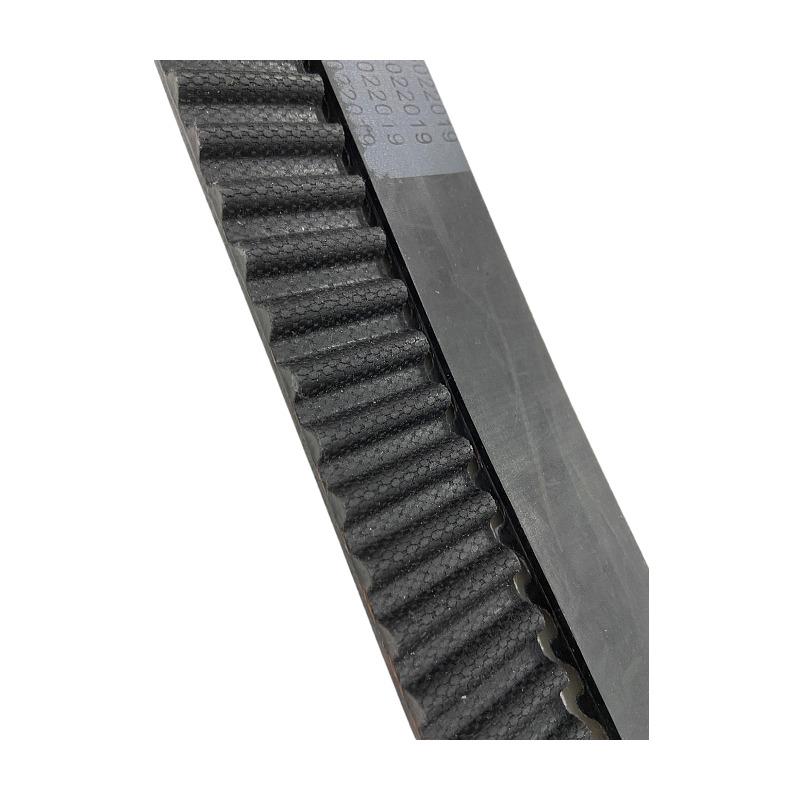- Arabic
- French
- Russian
- Spanish
- Portuguese
- Turkish
- Armenian
- English
- Albanian
- Amharic
- Azerbaijani
- Basque
- Belarusian
- Bengali
- Bosnian
- Bulgarian
- Catalan
- Cebuano
- Corsican
- Croatian
- Czech
- Danish
- Dutch
- Afrikaans
- Esperanto
- Estonian
- Finnish
- Frisian
- Galician
- Georgian
- German
- Greek
- Gujarati
- Haitian Creole
- hausa
- hawaiian
- Hebrew
- Hindi
- Miao
- Hungarian
- Icelandic
- igbo
- Indonesian
- irish
- Italian
- Japanese
- Javanese
- Kannada
- kazakh
- Khmer
- Rwandese
- Korean
- Kurdish
- Kyrgyz
- Lao
- Latin
- Latvian
- Lithuanian
- Luxembourgish
- Macedonian
- Malgashi
- Malay
- Malayalam
- Maltese
- Maori
- Marathi
- Mongolian
- Myanmar
- Nepali
- Norwegian
- Norwegian
- Occitan
- Pashto
- Persian
- Polish
- Punjabi
- Romanian
- Samoan
- Scottish Gaelic
- Serbian
- Sesotho
- Shona
- Sindhi
- Sinhala
- Slovak
- Slovenian
- Somali
- Sundanese
- Swahili
- Swedish
- Tagalog
- Tajik
- Tamil
- Tatar
- Telugu
- Thai
- Turkmen
- Ukrainian
- Urdu
- Uighur
- Uzbek
- Vietnamese
- Welsh
- Bantu
- Yiddish
- Yoruba
- Zulu
ኅዳር . 11, 2024 03:18 Back to list
Understanding Timing Belt Tensioner Functions and Importance in Engine Performance
Understanding Timing Belt Tensioners Their Role and Importance
The timing belt is a crucial component in an internal combustion engine, serving to synchronize the crankshaft and camshaft rotations. This synchronization ensures that the engine's valves open and close at the appropriate times during each cylinder’s intake and exhaust strokes. However, the efficiency of a timing belt largely depends on the proper tension maintained by a specific component known as the timing belt tensioner.
What is a Timing Belt Tensioner?
The timing belt tensioner is a mechanical device that applies the necessary tension to the timing belt, ensuring it remains securely in place while it operates. It plays a pivotal role in preventing slippage of the belt, which could lead to serious engine damage. By keeping the correct amount of tension, the tensioner helps maintain the timing belt’s alignment with the crankshaft and camshaft pulleys.
Types of Timing Belt Tensioners
There are generally two types of timing belt tensioners hydraulic and mechanical.
1. Hydraulic Tensioners These utilize hydraulic pressure, often derived from engine oil, to maintain the tension on the belt. The advantage of hydraulic tensioners is that they can automatically adjust the tension, adapting to changes in engine temperature and load. This self-adjusting feature reduces the need for manual checks and adjustments over time.
2. Mechanical Tensioners These require manual adjustments to maintain the correct tension on the belt. Typically, they consist of a spring-loaded mechanism that needs to be tightened or loosened based on the wear and slack of the belt. While mechanical tensioners can be less expensive, they demand more regular maintenance checks to ensure the optimal tension is maintained.
Why is Tension Important?
timing belt tensioner

The importance of maintaining proper tension on the timing belt cannot be overstated. If the belt is too loose, it may slip, leading to misalignment of the camshaft and crankshaft. This misalignment can cause the engine's valves to open and close at the wrong intervals, potentially resulting in catastrophic engine failure. On the other hand, if the tension is too tight, it may put excessive strain on the belt, leading to premature wear and potential snapping.
Signs of a Failing Timing Belt Tensioner
Recognizing the signs of a failing tensioner is crucial for maintaining the health of your engine. Common symptoms may include
- Unusual Noises A whining or squealing noise coming from the engine may indicate that the tensioner is not maintaining proper tension. This could suggest wear or failure of the tensioning mechanism. - Belt Slipping If you notice that the timing belt is slipping or has become misaligned, it's vital to inspect the tensioner for any faults. - Engine Performance Issues Stalling, reduced power, or irregular engine behavior can be linked to timing belt issues caused by a failing tensioner.
Maintenance and Replacement
Regular maintenance checks of the timing belt tensioner are essential. During routine service, it's advisable to inspect the tensioner for wear and replace the timing belt according to the manufacturer's recommended intervals—often between 60,000 to 100,000 miles, depending on the vehicle. In many cases, it is wise to replace the tensioner at the same time as the belt to ensure optimal performance and longevity.
Conclusion
In summary, the timing belt tensioner is a vital component in ensuring the reliability and performance of an internal combustion engine. Understanding its role, recognizing the signs of failure, and adhering to proper maintenance practices can prevent serious mechanical issues. By treating the timing belt and its tensioner as integral parts of your vehicle's health, you contribute to a smoother, more efficient driving experience. Regular checks and timely replacements can lead to peace of mind and a robust engine that stands the test of time.
-
Reliable Diesel Engine Belts & Tensioners for Optimal Performance
NewsAug.07,2025
-
23100-KVB-901 Drive Belt for Honda VARIO | OEM Performance
NewsAug.06,2025
-
Variable Belt Drive AI Optimized for Efficiency
NewsAug.05,2025
-
High-Quality Tensioner Belt Pulley - Durable & Efficient
NewsAug.03,2025
-
Premium Timing Belt Factory | AI-Optimized Solutions
NewsAug.02,2025
-
Heat Joining Drive Belt | High-Durability Fusion Solution
NewsJul.31,2025

